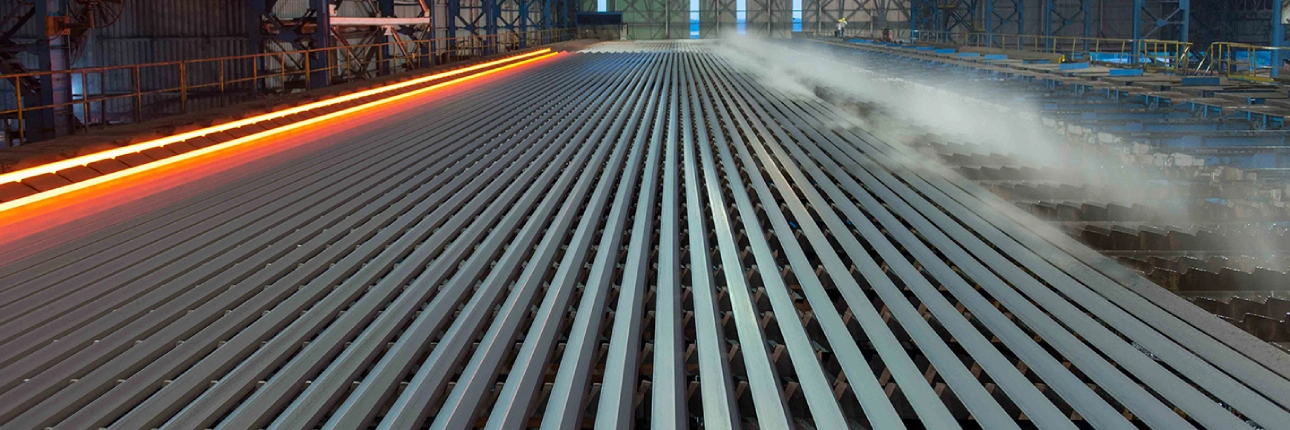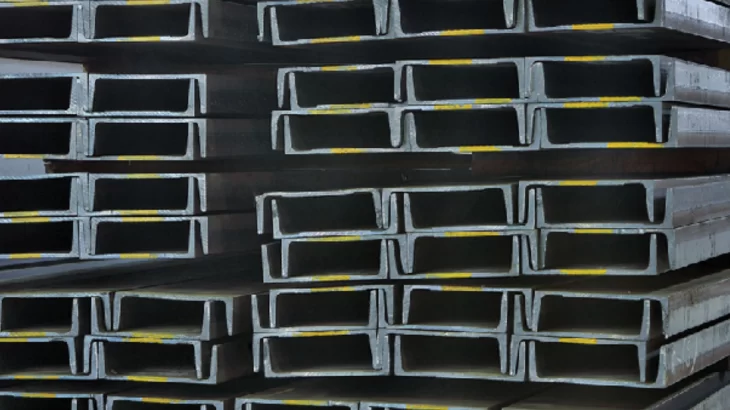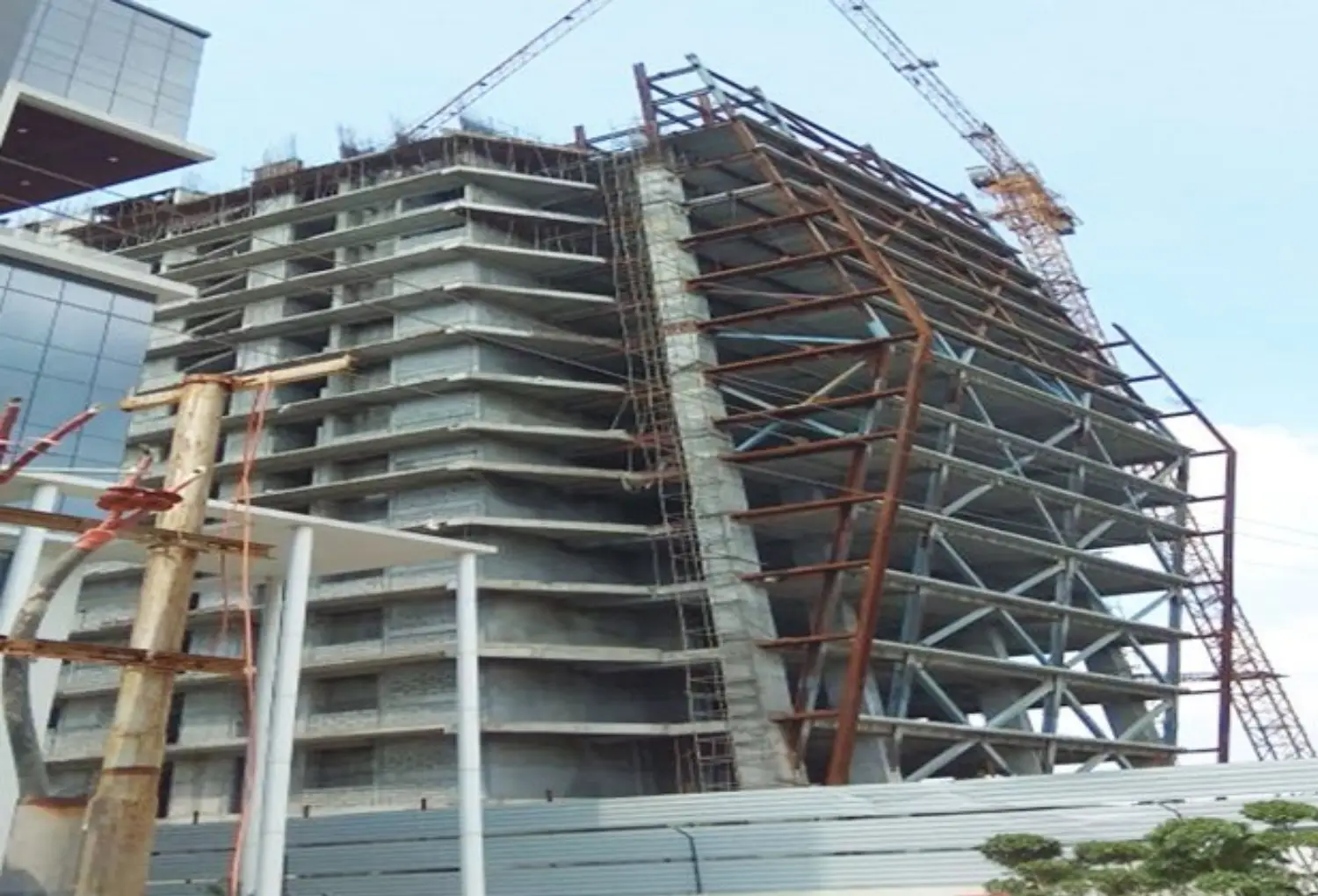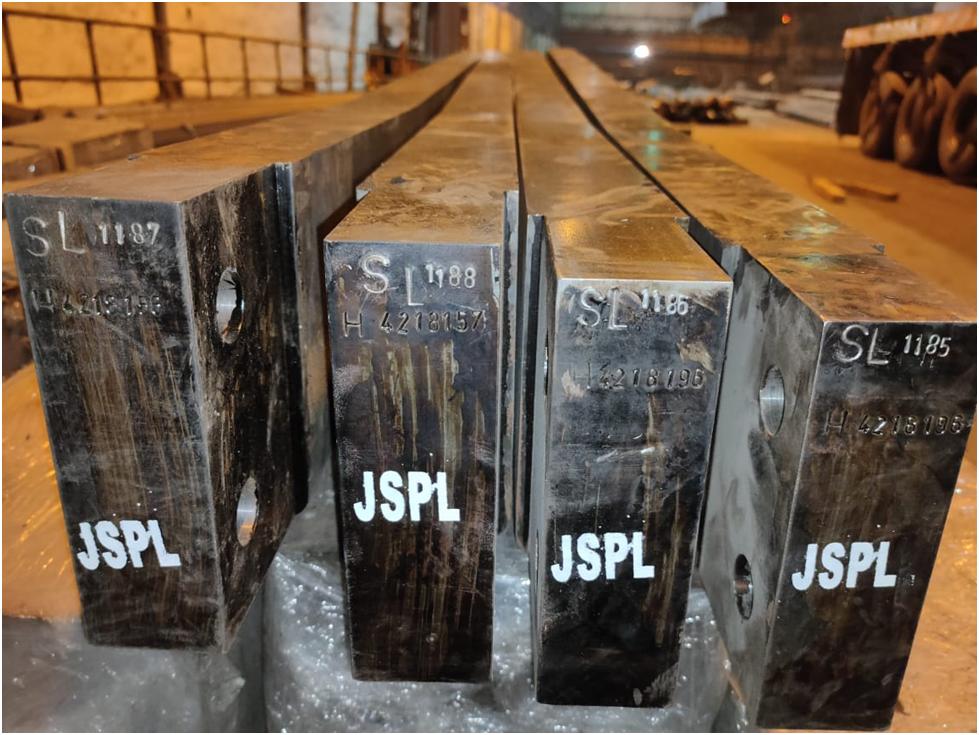
The Role of Structural Steel in Construction
Explore the Manufacturing Process of Steel Channels and Steel Angles
Steel channels and steel angles are essential components in various industries, including construction, manufacturing, and engineering. These structural shapes provide strength, stability, and versatility in countless applications. But have you ever wondered how they are made?
The manufacturing process of steel channels and angles is fascinating, as it involves a series of steps and specialized machinery to transform raw materials into robust and reliable metal profiles.
Raw Material Selection
The journey of manufacturing steel channels and angles begins with carefully selecting suitable raw materials. High-quality carbon or low-alloy steel is typically chosen due to its excellent strength and durability.
The composition of the steel is meticulously controlled to ensure the desired mechanical properties. The selected steel is sourced in the form of long bars, known as billets or blooms, which are usually produced in steel mills.
Heating and Conditioning
The next step involves heating and conditioning the raw materials to facilitate shaping and forming. The billets are heated to extremely high temperatures in a specialized furnace, reaching a malleable state. This heating process helps to reduce the force required for deformation and enhances the material’s flexibility.
Once heated, the billets pass through rollers to reduce their cross-sectional size and shape. This process is called hot rolling, producing long metal strips known as “slabs” or “coils.” These slabs or coils are then allowed to cool and are cut into specific lengths, ready for the next stage of the manufacturing process.
Forming the Profiles
In the forming stage, the steel channels and angles start to take shape. The slabs or coils are fed into a rolling mill, which consists of a set of specially designed rolls that gradually shape the metal into the desired profile. A series of rolls of steel channels slowly bend the metal, forming the distinctive “U” shape. The process is similar for steel angles, with the rolls forming the “L” shape.
The metal undergoes significant pressure during the rolling process, causing the grains to elongate and align, resulting in improved mechanical properties. This controlled deformation enhances the final product’s strength, stiffness, and load-carrying capacity.
Cooling, Straightening, and Cutting
Once the profiles are formed, they are cooled to room temperature to stabilize their structure and prevent warping or distortion. Cooling can be achieved through air cooling or water quenching, depending on the specific requirements of the steel.
After cooling, the profiles may undergo straightening processes to correct any bending or twisting during forming. Specialized machinery is used to ensure the profiles meet the required dimensional tolerances.
Finally, saws or shearing machines cut the straightened profiles into specific lengths. The cutting process ensures uniformity and provides the desired product for further applications.
Surface Treatment and Finishing
Steel channels and steel angles often undergo surface treatment to enhance their corrosion resistance and improve their appearance. Common surface treatments include galvanizing, painting, or powder coating. These processes provide an additional protective layer, ensuring longevity and reducing maintenance requirements.
The manufacturing process of steel channels and angles is a meticulous journey from raw material selection to the finished product. Through heating, forming, cooling, and finishing, steel profiles are shaped and transformed into versatile components that contribute to the stability and strength of structures in numerous industries.
Understanding the intricate steps involved in producing these structural shapes highlights the importance of quality control and precision in manufacturing.






Leave a Reply
You must be logged in to post a comment.